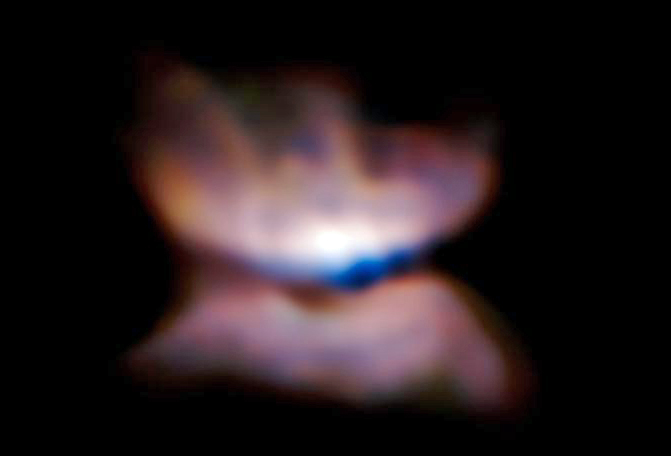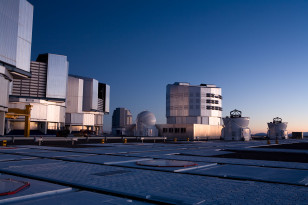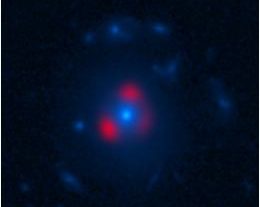
Image of the birth of planetary nebula surounding red giant star L2 Puppis. Astronomers at the ESO used a special optical and imaging device mounted on its Very Large Telescope (ESO/P. Kervella)
For the first time ever, a team of astronomers have captured stunning pictures of one of the universe’s most impressive sights: the birth of a bipolar ‘planetary nebula.’
The scientists gathered the images of nebula surrounding L2 Puppis using the European Southern Observatory’s (ESO) Very Large Telescope or VLT, in the Atacama Desert of northern Chile. A planetary nebula is a cloud of ionized gas that’s been expelled by a red giant or dying star.
The astronomers compared the bipolar or twin lobed planetary nebula to a butterfly emerging from its cocoon.
L2 Puppis and is 200 light years away, one of the closest red giants to Earth.
The new images of L2 Puppis also show a nearby but dimmer companion star. It’s believed that this companion star, located about 300 million kilometers from L2 Puppis, is also a red giant, but is much smaller and younger.
The ESO team thinks that the combination of an enormous quantity of dust, circling a star in its final stages of dying and is accompanied by a companion star, are the factors needed to form bipolar planetary nebulae.
“The origin of bipolar planetary nebulae is one of the great classic problems of modern astrophysics, especially the question of how, exactly, stars return their valuable payload of metals back into space – an important process, because it is this material that will be used to produce later generations of planetary systems,” said Pierre Kervella lead author of a paper outlining the astronomer’s findings.
The ESO astronomers were able to make their discovery by using the ZIMPOL – Zurich IMaging POLarimeter – a subsystem of the SPHERE – Spectro-Polarimetric High-contrast Exoplanet Research – a unique optical enhancement instrument that’s attached to the VLT. The SPHERE instrument uses a variety of advanced techniques, often used in combination, to produce detailed views of dust discs and exoplanets.
According to ESO, the SPHERE, operating in its ZIMPOL mode, can generate images that are three times sharper than those from the Hubble Space Telescope.
The paper outlining the astronomer’s findings has been published by the journal Astronomy and Astrophysics.

























Comments are closed.